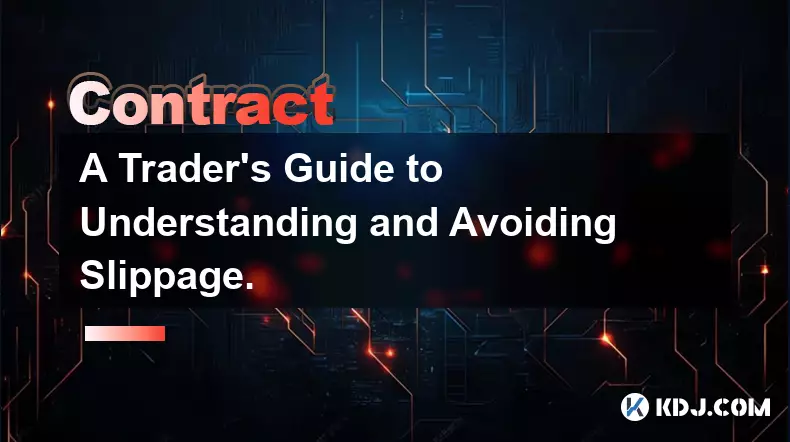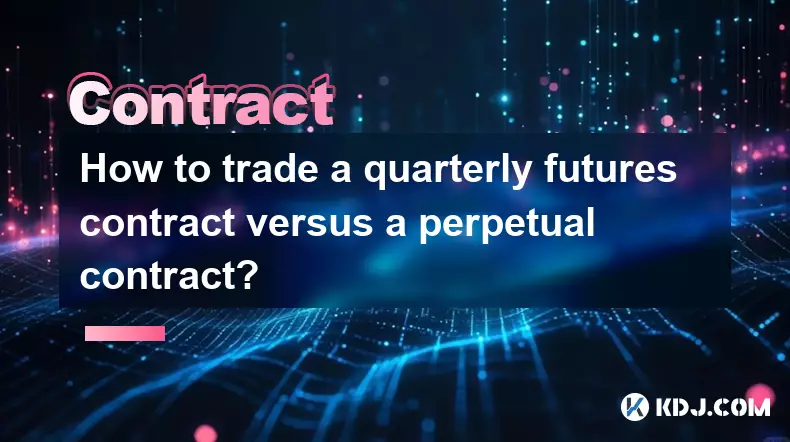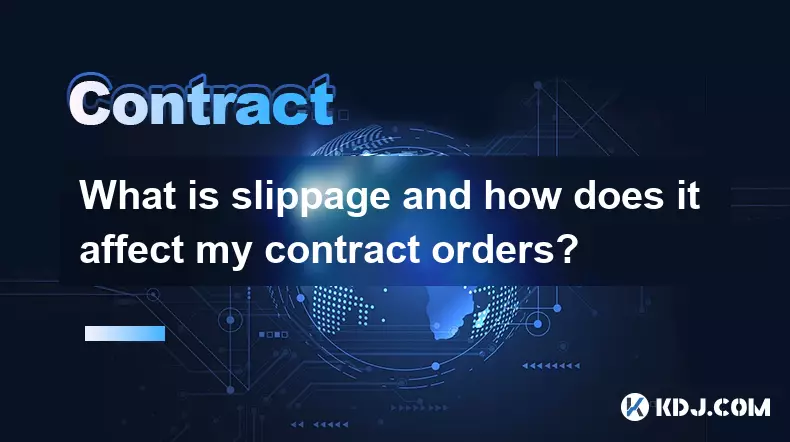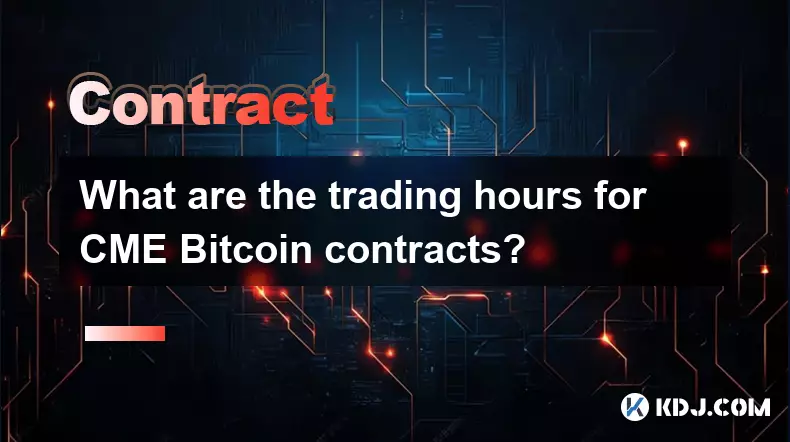-
 bitcoin
bitcoin $100977.009184 USD
-2.05% -
 ethereum
ethereum $3282.009150 USD
-3.23% -
 tether
tether $0.999813 USD
-0.02% -
 xrp
xrp $2.208254 USD
-4.89% -
 bnb
bnb $951.411089 USD
0.55% -
 solana
solana $155.761205 USD
-2.84% -
 usd-coin
usd-coin $1.000217 USD
0.02% -
 tron
tron $0.284475 USD
-1.28% -
 dogecoin
dogecoin $0.162363 USD
-1.53% -
 cardano
cardano $0.533988 USD
-0.47% -
 hyperliquid
hyperliquid $39.174339 USD
-3.22% -
 chainlink
chainlink $14.724828 USD
-1.16% -
 bitcoin-cash
bitcoin-cash $477.297986 USD
-1.28% -
 zcash
zcash $554.227426 USD
17.30% -
 ethena-usde
ethena-usde $0.998995 USD
-0.03%
A Trader’s Guide to Understanding and Avoiding Slippage.
Slippage in crypto trading is the difference between expected and actual trade prices, often due to volatility, low liquidity, or network delays.
Nov 05, 2025 at 06:50 am

What Is Slippage in Cryptocurrency Trading?
1. Slippage refers to the difference between the expected price of a trade and the actual price at which the trade is executed. In fast-moving crypto markets, prices can change significantly within milliseconds, especially during periods of high volatility or low liquidity.
2. This phenomenon occurs because cryptocurrency trades are filled based on the order book's current state. When placing a market order, traders accept whatever price is available at execution time, which may differ from the displayed price when the order was initiated.
3. For example, if a trader intends to buy Bitcoin at $30,000 but by the time the order reaches the exchange, the best available ask price has moved to $30,050, the $50 difference represents slippage.
4. Slippage can be positive or negative. Positive slippage happens when an order executes at a better price than expected, while negative slippage results in a higher cost for buys or lower returns for sells.
5. Market orders are more susceptible to slippage compared to limit orders, which allow traders to set specific price thresholds for execution.
Factors That Influence Slippage
1. Liquidity plays a crucial role. Assets with deep order books and high trading volume—like BTC or ETH—typically experience less slippage because there are enough buyers and sellers to absorb large orders without drastic price shifts.
2. Low-liquidity altcoins are far more vulnerable. A sizable buy order on a thinly traded token can quickly consume all available asks, pushing the price upward and increasing slippage significantly.
3. Network congestion on decentralized exchanges (DEXs) can also contribute. During peak usage times on blockchains like Ethereum, transaction confirmation delays may cause outdated prices to be used, leading to unexpected execution values.
4. Sudden news events or macroeconomic developments can trigger rapid price swings. Traders reacting simultaneously to breaking news often see increased slippage due to the surge in order flow overwhelming market depth.
5. The size of the order relative to available liquidity matters. A large order placed as a market buy will execute against multiple price levels in the order book, averaging into a price that deviates from the initial quote.
Strategies to Minimize Slippage Impact
1. Use limit orders instead of market orders whenever possible. By setting a maximum price for buys or minimum price for sells, traders retain control over execution quality and avoid unfavorable fills.
2. Set a slippage tolerance on decentralized exchanges. Most DEX interfaces allow users to define acceptable slippage percentages—commonly 0.1%, 1%, or 2%. Orders outside this range fail rather than execute at undesirable prices.
Setting a tight slippage tolerance protects traders from malicious price manipulation or sandwich attacks in DeFi environments.3. Break large orders into smaller chunks. Executing a big trade gradually reduces market impact and allows absorption by the order book without triggering sharp price movements.
4. Trade during periods of high volume. Peak trading hours generally offer tighter spreads and deeper liquidity, reducing the likelihood of significant slippage on both centralized and decentralized platforms.
5. Monitor real-time order book depth before executing trades. Tools that visualize bid-ask imbalances help anticipate how much price movement a given order size might induce.
Common Questions About Slippage in Crypto Trading
What does a slippage tolerance of 1% mean on a DEX?It means the trade will only go through if the final execution price stays within 1% of the quoted price. If market conditions shift beyond that threshold, the transaction reverts, protecting the user from extreme deviations.
Can slippage be completely eliminated?No, slippage cannot be entirely avoided in live markets, especially during volatile conditions. However, using limit orders, adjusting trade sizes, and selecting high-liquidity pairs reduce its frequency and severity.
Traders who prioritize execution certainty over speed should avoid market orders in illiquid markets.Why do some trades show zero slippage?Zero slippage typically occurs when there is ample liquidity at the desired price level and minimal price movement between order submission and execution. Limit orders filled exactly at the specified price also register as zero slippage.
Does slippage affect stop-loss orders?Yes. Stop-loss orders become market orders once triggered. If the price gaps down rapidly, the actual fill price may be much worse than the stop price, resulting in substantial negative slippage.
Disclaimer:info@kdj.com
The information provided is not trading advice. kdj.com does not assume any responsibility for any investments made based on the information provided in this article. Cryptocurrencies are highly volatile and it is highly recommended that you invest with caution after thorough research!
If you believe that the content used on this website infringes your copyright, please contact us immediately (info@kdj.com) and we will delete it promptly.
- BlockDAG, Avalanche, Dogecoin: Crypto's Leading Trio in 2025
- 2025-11-07 22:05:01
- Layer 2 Coins: Will There Be a Potential Explosion by 2026?
- 2025-11-07 16:50:02
- Filecoin, ICP, and the AI Infrastructure Renaissance: Is History Repeating?
- 2025-11-07 16:50:02
- Bitcoin's Wild Ride: Surges, Zeros, and the Search for Stability
- 2025-11-07 17:05:01
- XRP, Bitcoin, and the Rally: What's the Deal, New York?
- 2025-11-07 17:25:01
- Filecoin, DePIN, and a Technical Breakout: What's the Buzz?
- 2025-11-07 17:05:01
Related knowledge

How to trade a quarterly futures contract versus a perpetual contract?
Nov 06,2025 at 06:44am
Understanding the Core Differences Between Quarterly and Perpetual Contracts1. Quarterly futures contracts have a fixed expiration date, typically set...

How to understand the liquidation engine for a crypto contract?
Nov 06,2025 at 09:05am
Understanding the Role of Liquidity Pools in Decentralized Finance1. Liquidity pools are foundational components within decentralized exchanges (DEXs)...

How to use a demo account to practice trading contracts?
Nov 06,2025 at 08:55am
Understanding the Purpose of a Demo Account in Contract Trading1. A demo account allows traders to simulate real market conditions without risking act...

What is slippage and how does it affect my contract orders?
Nov 06,2025 at 05:14am
Understanding Slippage in Cryptocurrency Trading1. Slippage refers to the difference between the expected price of a trade and the actual price at whi...

How to report crypto contract gains on my taxes?
Nov 06,2025 at 06:20pm
Tax Classification of Cryptocurrency Gains1. Cryptocurrency contract gains are typically treated as capital gains in most jurisdictions, including the...

What are the trading hours for CME Bitcoin contracts?
Nov 06,2025 at 02:59pm
Understanding CME Bitcoin Futures Trading Schedule1. The CME Group offers Bitcoin futures contracts that trade nearly around the clock, aligning close...

How to trade a quarterly futures contract versus a perpetual contract?
Nov 06,2025 at 06:44am
Understanding the Core Differences Between Quarterly and Perpetual Contracts1. Quarterly futures contracts have a fixed expiration date, typically set...

How to understand the liquidation engine for a crypto contract?
Nov 06,2025 at 09:05am
Understanding the Role of Liquidity Pools in Decentralized Finance1. Liquidity pools are foundational components within decentralized exchanges (DEXs)...

How to use a demo account to practice trading contracts?
Nov 06,2025 at 08:55am
Understanding the Purpose of a Demo Account in Contract Trading1. A demo account allows traders to simulate real market conditions without risking act...

What is slippage and how does it affect my contract orders?
Nov 06,2025 at 05:14am
Understanding Slippage in Cryptocurrency Trading1. Slippage refers to the difference between the expected price of a trade and the actual price at whi...

How to report crypto contract gains on my taxes?
Nov 06,2025 at 06:20pm
Tax Classification of Cryptocurrency Gains1. Cryptocurrency contract gains are typically treated as capital gains in most jurisdictions, including the...

What are the trading hours for CME Bitcoin contracts?
Nov 06,2025 at 02:59pm
Understanding CME Bitcoin Futures Trading Schedule1. The CME Group offers Bitcoin futures contracts that trade nearly around the clock, aligning close...
See all articles





















![The Graph Price Prediction [GRT Crypto Price News Today] The Graph Price Prediction [GRT Crypto Price News Today]](/uploads/2025/11/07/cryptocurrencies-news/videos/690d4df44fe69_image_500_375.webp)




















































